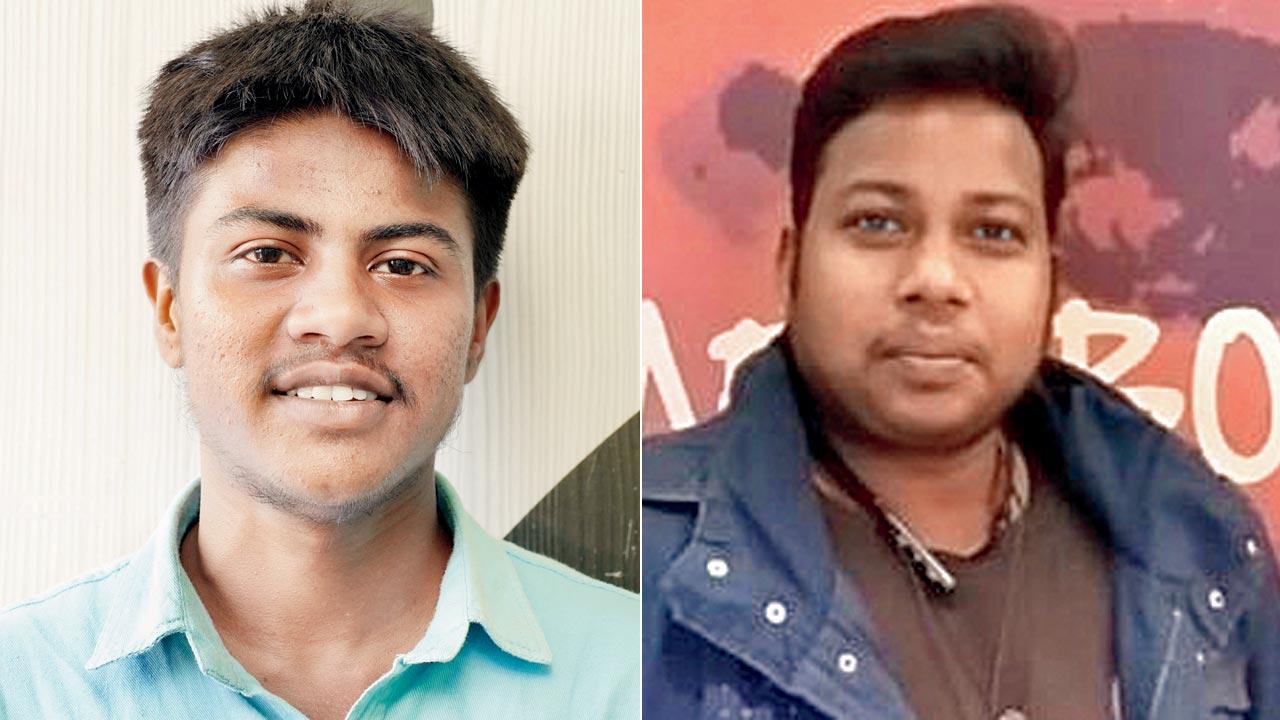Chest binders—an important healing and identity tool for trans men—is difficult to find and expensive to buy. But things are changing slowly

One of Sultan Ahmed’s customers poses with a chestbinder that costs R400. It is in huge demand among trans men. Pics/Aishwarya Deodhar
I never thought that sewing would help me make a living in Mumbai,” says Sultan Ahmed. The 25-year-old learned how to make affordable chest binders for fellow trans men while living in a shelter in Goregaon. “I recently moved to my own place,” says the Kandivli-resident, “But when I was living in the shelter, I felt free. However, I knew that I would have to step out and start earning [a living]. I thought of making a chest binder to live my life more authentically. So I made one, and then the word got around. Soon, I was making them for others.”
ADVERTISEMENT
Chest binders are used by trans men to flatten their breasts. It also aids healing and wards off infection for those who undergo mastectomy as part of the transitioning process after a gender reaffirming surgery. “The skin has to heal and if there is no support to bind it in, it may remain loose in the shape of the former breasts. This can lead to rashes too,” says Ahmed.
Ahmed learned tailoring from his ammi, as he hated going to classes. “Today,” he says, “I earn my bread and butter altering and stitching. Something I hated has become the reason I am comfortable moving around in the world.” He is saving up to buy a secondhand motor sewing machine that costs around Rs 6,000.
Ahmed sold them for as little as Rs 400 to Rs 500 a piece in the Goregaon shelter. The ones available in the market are usually imported and cost above Rs 2,500 and sit uncomfortably as it cannot be customized.
 Sultan Ahmed and Raj Kanaujiya
Sultan Ahmed and Raj Kanaujiya
“It’s not a pathology,” corrects Aryan Somaiya, a mental health professional, also a trans man, when we ask him, why do trans* masculine persons, whose sex assigned at birth is female, use chest binders to flatten their breasts. “We grow up thinking the man-woman gender binary is normal, when it is just a social construct. For a trans* masculine person, the association of breast with being a female/woman can be extremely dysphoric, and chest binders help with flattening the chest and feeling more masculine. Dysphoria is quite a serious concern and can make trans* folk feel self hate and suicidal.”
Aryan advises starting slow (15 minutes) while wearing binders as one may feel breathless, shortness of breath, decrease in eating capacity and hunger due to tightness of the binding. They should absolutely not be worn at night. Access to binders is another issue. Most binders are made in foreign countries and are thick, and expensive, and when imported, can get lost in the customs department. However, things are changing, and more Indian brands and trans folk in the country are producing cheaper binders suitable for the Indian climate and skin.”
Raj Kanaujiya, who was part of Humsafar Trust in the recruitment office and now works with the Family Planning Association of India (FPAI) as a project co-ordinator, has also been trying to connect trans men with makers of chest binders who can customise them economically. “I try to connect them to the manufacturers directly as many doctors who provide them add a price mark-up,” he says. “Many transmen just cannot afford it. Additionally, customisation for plus-sized men costs even more. Kanaujiya provides this alteration for free. Additionally, there is momentum gathering towards making chest binders and gender reaffirmation surgeries part of mainstream medical insurance policies.
 Subscribe today by clicking the link and stay updated with the latest news!" Click here!
Subscribe today by clicking the link and stay updated with the latest news!" Click here!








